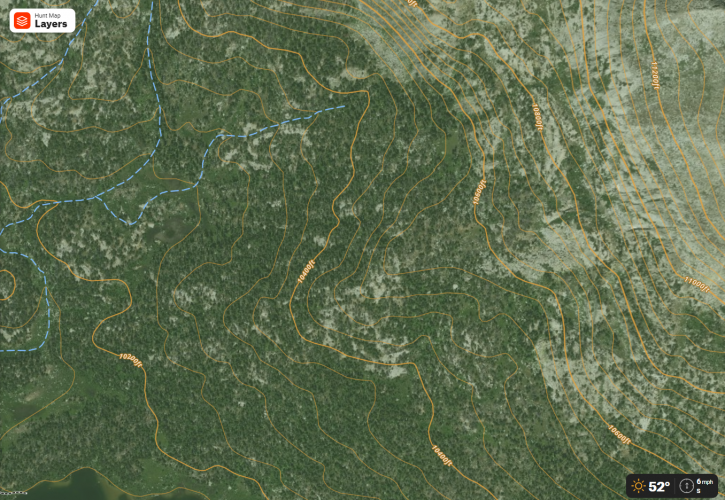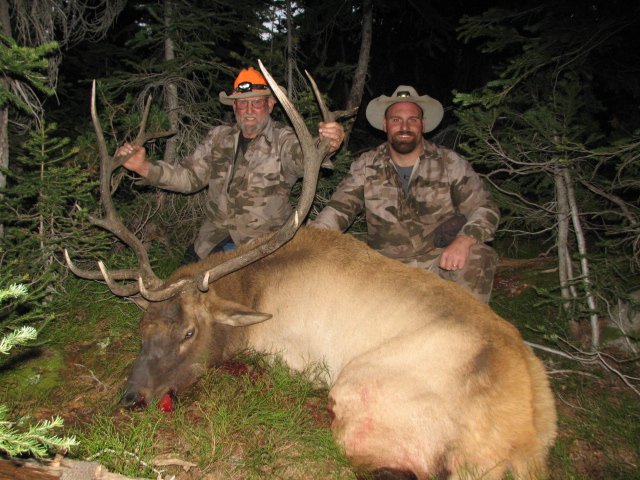tomengineer
Active member
- Joined
- Jan 14, 2019
- Messages
- 270
I'm doing some last minute second guessing on an elk archery hunt coming up September 10-17. I've been reading up on elk behavior during September as it relates to feed and temperature and elevation etc. I'm looking at an area that I hope is less traveled than other areas of the state in question but was wondering if I could get some input from those more experienced than I. The area I'm looking at has a large primary ridge with adjacent finger ridges at right angles with peaks that are high, steep and rocky (no alpine meadow). That is it would be difficult to travel from one draw to the next within this network. There is a transition from basically steep rock area to timber at lower elevations within these relatively narrow draws. I'm likely off on my topographic nomenclature here but basically there are a series of long and narrow draws with green floors separated by rocky ridges. Do elk occupy these types of areas during summer and through mid-September? From what I've read the ideal would be a "mosaic" of timber and meadows with adjacent water and multiple easy escape routes etc. I'm willing to walk the distance (wilderness area) but not if the consensus is this type of area will likely be devoid of elk. Thanks for any advice you might have.






